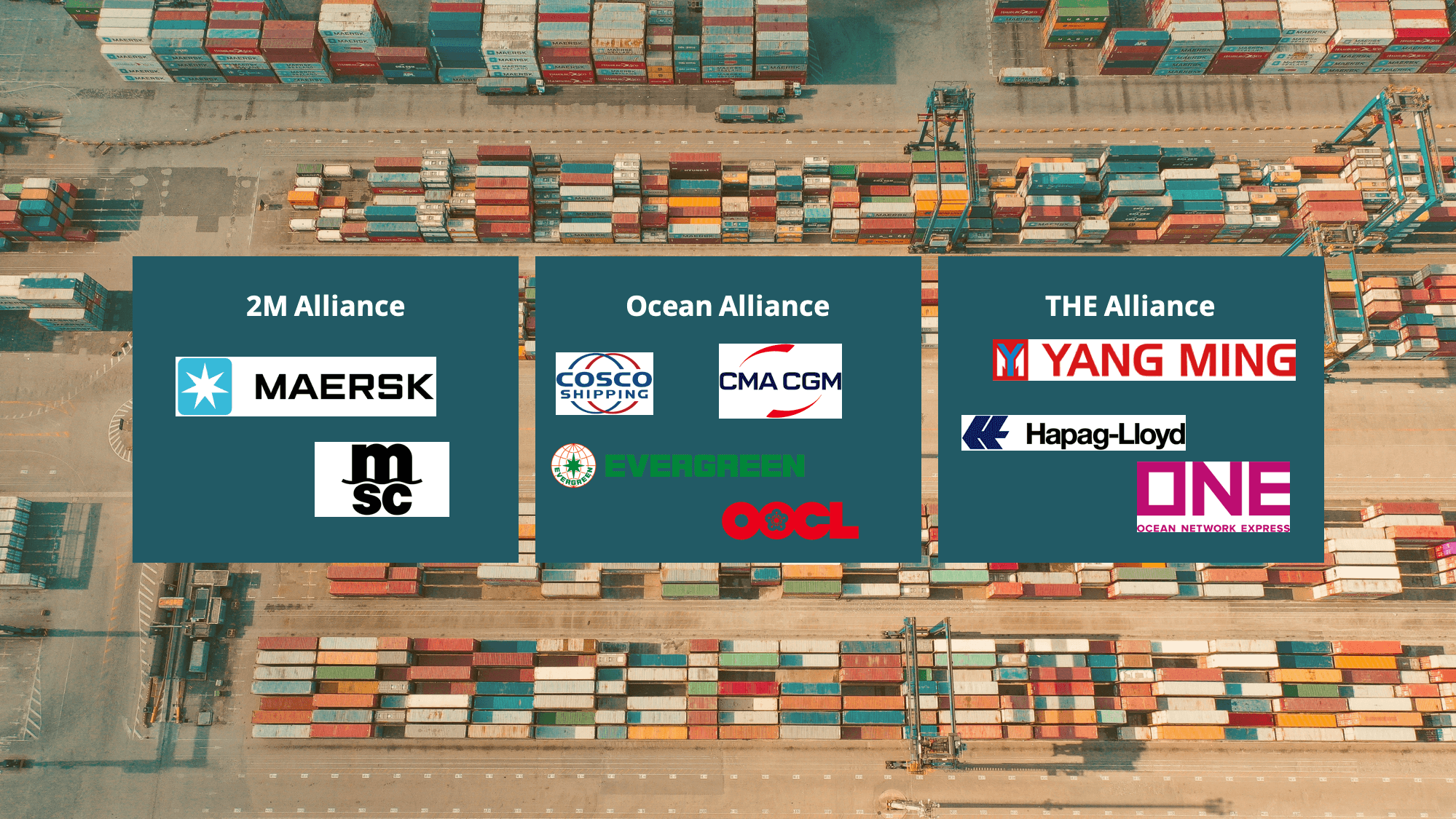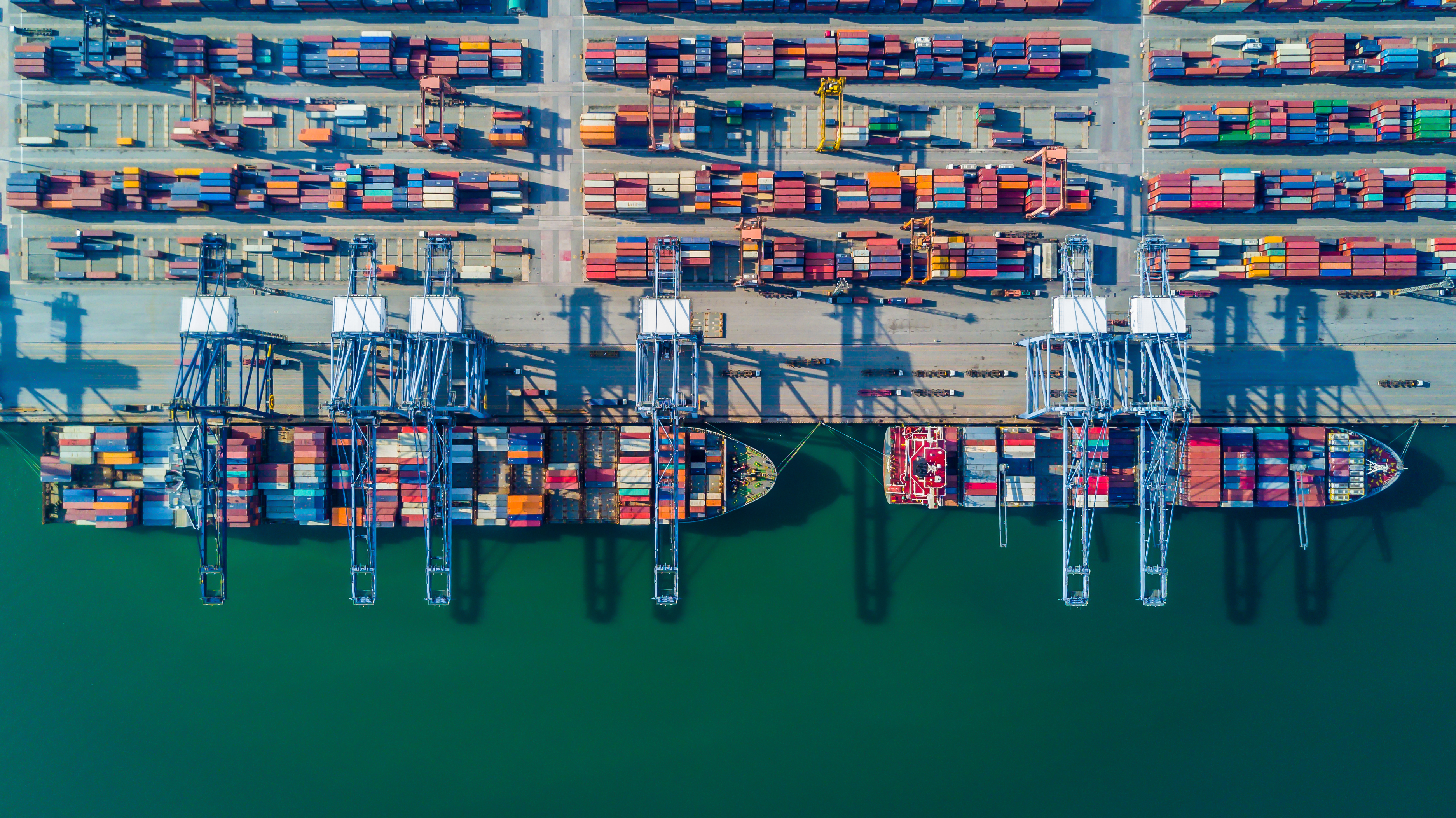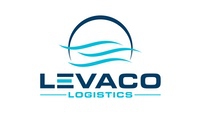Shipping Alliances: An Overview
“Hyundai Merchant Marine (HMM) is to join THE Alliance when its slot charter agreement with 2M expires next April”, according to the Loadstar. Three major shipping alliances (2M, THE Alliance and Ocean Alliance) were formed in 2017 to facilitate two elements that ocean carriers compete on: low prices and broad service coverage. Based on the current Alphaliner ranking of all the shipping lines, these three alliances account for 80% of the global container market. But how do shipping alliances differ from one another, and why did HMM decide to join THE Alliance?
Benefits of shipping alliances
Shipping alliances can help carriers facilitate low prices and broad service coverage through economies of scale and economies of scope. The high fixed-cost structure of shipping lines is one of the main arguments for shipping lines to collaborate: A weekly liner service between different ports requires investment in a set of ships that will sail irrespectively of their utilization rates. Collaboration between carriers, for instance, through a vessel sharing agreement (VSA) can mitigate this risk and increase utilization rates.
Shipping lines are under high pressure to offer low prices to their customers as container transportation, as their business is mainly a commodity since containerization has brought down transport costs. Ship size significantly increased to mega-ships of more than 20,000 TEUs to generate lower costs per transported container. Variable costs that can be reduced through the usage of shared resources not only include ships, but also ports, terminals and networks. In the end, shipping alliances are tools used to acquire bigger ships together and to share vessels to guarantee high utilization rates, because substantial cost savings (economies of scale) can only be achieved if partners are willing to collaborate.
Moreover, collaboration helps carriers to improve service offerings to their customers through a more comprehensive global shipping network. Research shows that extending coverage and providing more routes is the most important motivation for participating in strategic alliances. Why? Most shipping companies are stronger in certain areas as a result of long experience and partnerships between carriers with strength in complementary regions that would, with a broader network, increase service offerings to their customers.
Entering alliances seems to be a good fit for smaller (extended service coverage) and larger shipping lines (rationalization of resources), but in the end, every carrier makes its own strategic choices. This becomes clear when you look at the different strategies of MSC and their German competitor, Hapag-Lloyd. For a long time, MSC focused on organic growth through acquiring ships rather than shipping firms and did not engage in alliances until 2015. In contrast, Hapag-Lloyd has been collaborating in partnerships since 1989 and acquired various carriers, but never bought mega-ships.
Three major shipping alliances
The three major shipping alliances collectively account for 80% of the shipping market and include each/all of the top 10 container lines.

2M Alliance: Maersk and MSC
Started in 2014, Maersk Line and MSC announced a 10-year vessel sharing agreement that includes 185 vessels with a capacity of 2.1 million TEUs. Maersk contributes 110 vessels/ 1.2m TEU capacity and MSC adds 75 vessels/ 900k TEU to the alliance that is now the biggest one in shipping since Hamburg Süd (part of Maersk) entered. 2M serves 44 regular routes between Europe, Asia and the US and Maersk forecasted savings of $350m the first year alone. HMM partnered up with the 2M alliance in 2017 for a time period of three years to exchange slots and to share or trade surplus capacity.
Ocean Alliance: COSCO, OOCL, CMA CGM and Evergreen
Launched in 2017 with an initial period of five years COSCO Shipping, OOCL, CMA CGM and Evergreen just confirmed the extension of the duration to ten years until 2027. The Ocean Alliance includes 330 container ships and an estimated carrying capacity of 3.8m TEUs. It offers a total of 38 different services including 19 transpacific services, 11 services between Asia and Europe (+the Mediterranean) and 4 services between Asia and the Middle East.
THE Alliance: Hapag-Lloyd, ONE & Yang Ming
THE Alliance, launched in 2017 by Hapag-Lloyd, ONE and Yang Ming, combines 3.5m TEUs (approximately 18% of global container capacity). THE Alliance has just revealed that it would deploy a fleet of 249 ships connecting 76 ports throughout Asia, North Europe, the Mediterranean, North America, Canada, Mexico, Central America, Indian Subcontinent and the Middle East. In 2019, they “optimized port-pair connections to accommodate customers’ needs of greater reliability and stability in service quality”, the container alliance said.

How do shipping alliances work?
Despite differences between alliances, most work pretty much the same. Main areas of communication and information sharing cover the same areas such as stowage plans, vessel assignment and scheduling as well as problem-solving. Regulation of fuel types, environmental issues, operational efficiencies and engine failures are also openly discussed. Additional elements in each shipping alliance include capacity planning, the contribution of each individual carrier and the specific compensation. Put simply, the more a carrier puts in a shipping alliance in terms of pooled vessels and trade lanes, the more a carrier gets out of it.
Port choice is usually subject to negotiations and can deviate from the choice of one particular member. This is particularly contentious for carriers that have large ownership in container terminals, as vessel sharing partners often times have stakes in different container terminals. While alliances have set up joint operational centers to enable closer coordination, best practice sharing is not constituted a norm within such networks and happens mainly on a bilateral basis.
Other types of liner collaboration
The cooperation in shipping alliances covers the utilization of shared resources and covers full integration of service capabilities. It does not cover joint sales, marketing, pricing or the joint ownership of assets which distinguishes it from other forms of partnerships. The strongest form of collaboration are obviously mergers and acquisitions or joint ventures, yet people sometimes get confused by Slot Charter Agreements (SCA) and Vessel Sharing Agreements (VSA):
Slot Charter Agreement (SCA) is a contract between two partners/ shipping lines who buy and sell a specified number of slots for a certain period of time to widen coverage. Hapag-Lloyd, for example, is a slot charterer on the MSC service from South Africa to Europe, according to Shipping and Freight Resource, even though they have their own ships and services on that stretch. Slot charterer act as an independent shipping line, use their own equipment, issue their own bill of lading and the port directly invoices them for their port charges.
A Vessel Sharing Agreement (VSA) is a cooperation between shipping lines to fulfill demand on specific trade lanes through sharing of vessel space. Vessel sharing agreements are usually reached between partners within an alliance in order to operate a liner service along a specific routes as partners. The space for each partner may vary from port to port and depends on the individual input per company. A vessel sharing agreement is limited to a specific trade-lane, whereas a shipping alliance is a collection of vessel sharing agreements and has more of a global nature.

Asset sharing and platform collaboration
Another form of collaboration between carriers is asset sharing. With Container xChange we developed a platform that connects container owners and users on a neutral marketplace. The platforms lets carriers identify partners that reposition their containers from a location with a surplus of containers to a deficit location. Some carriers have bilateral repositioning in place, but Container xChange lets them interchange containers with more than 300 companies including leasing companies, forwarders and container traders. Some liners even use xChange to find containers when demand exceeds their own capacity. It is completely risk-free for shipping lines to join, it helps avoid repositioning costs and allows carriers to downsize their equipment pool. Benefits include lower capital expenditure, a reduced consumption of resources and lower costs for depot and terminal space. In addition to saving operational costs, the industry could reduce their carbon dioxide emissions by more than 6 million tons annually.







